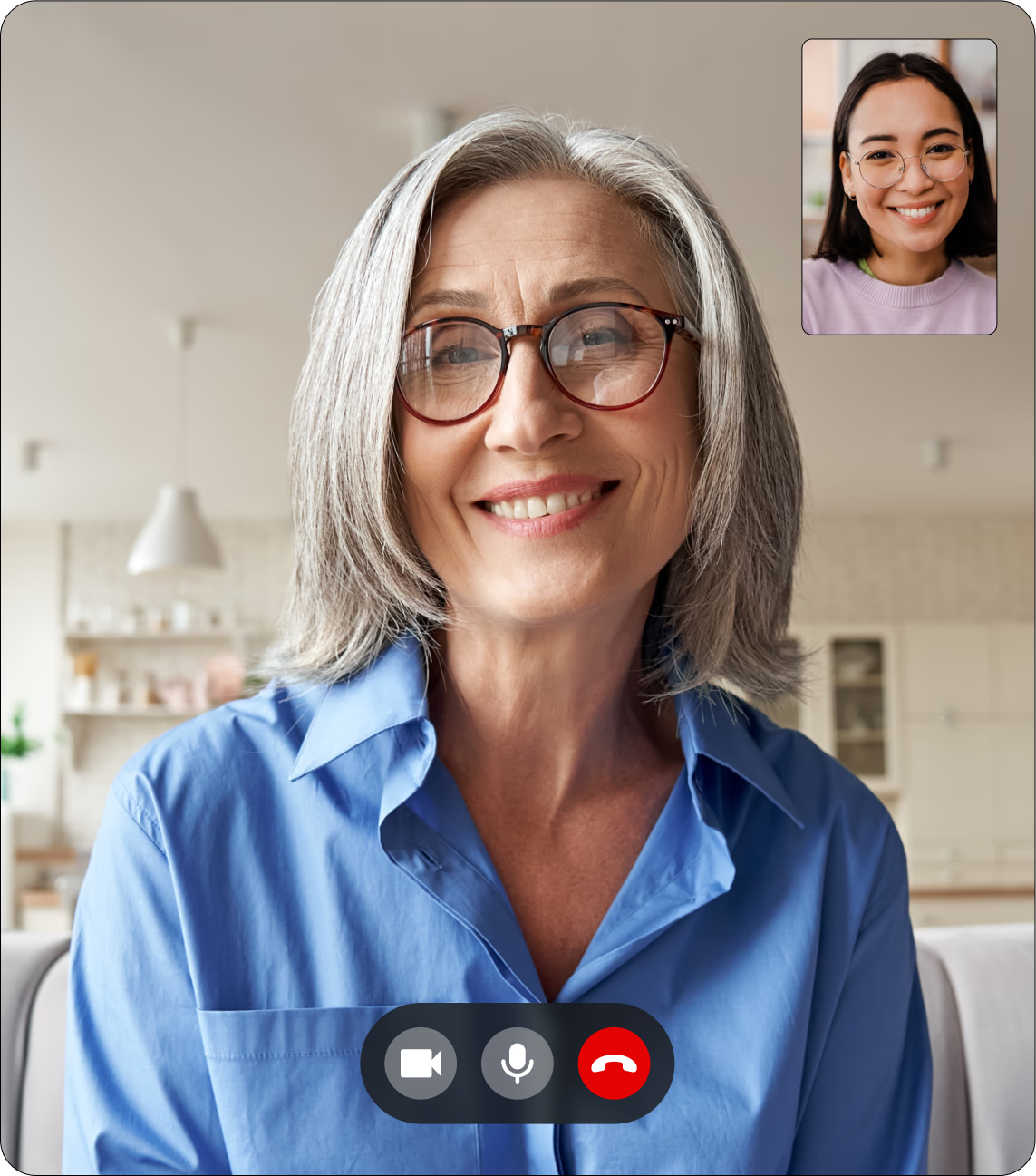Thank you! Your submission has been received!
Oops! Something went wrong while submitting the form.

.png)
Product Updates
November 2025: Healthie Product Updates
Explore November 2025 Healthie updates: Provider Bios, Charting Refresh, new Insurance tools, and roadmap improvements.
Product Updates
Product Updates
November 2025: Healthie Product Updates
Explore November 2025 Healthie updates: Provider Bios, Charting Refresh, new Insurance tools, and roadmap improvements.

.png)
Product Updates
Product Spotlight: Provider Bios
Add provider bios to your scheduling page so clients can learn about each provider and feel confident choosing the right fit.
Product Updates
Product Updates
Product Spotlight: Provider Bios
Add provider bios to your scheduling page so clients can learn about each provider and feel confident choosing the right fit.

.png)
Product Updates
Product Spotlight: AI Scribe
Healthie’s AI Scribe automates clinical documentation directly in your EHR — saving time, maintaining accuracy, and keeping your notes secure.
Product Updates
Product Updates
Product Spotlight: AI Scribe
Healthie’s AI Scribe automates clinical documentation directly in your EHR — saving time, maintaining accuracy, and keeping your notes secure.

.png)
Product Updates
October 2025: Healthie Product Updates
Healthie’s newest updates automate charting, billing, and team collaboration, helping providers focus more on care and less on admin work.
Product Updates
Product Updates
October 2025: Healthie Product Updates
Healthie’s newest updates automate charting, billing, and team collaboration, helping providers focus more on care and less on admin work.


Business
The Clinicians Way: How Private Practices Can Automate CMS-1500 Claims
Tired of manual insurance billing? Learn how to automatically generate CMS-1500 claims from appointments and get paid faster with Healthie.
Business
Business
The Clinicians Way: How Private Practices Can Automate CMS-1500 Claims
Tired of manual insurance billing? Learn how to automatically generate CMS-1500 claims from appointments and get paid faster with Healthie.

.png)
Product Updates
Product Spotlight: Tasks
Collaborate better and work smarter with Healthie’s redesigned Tasks — assign teammates, track priorities, and manage care coordination seamlessly.
Product Updates
Product Updates
Product Spotlight: Tasks
Collaborate better and work smarter with Healthie’s redesigned Tasks — assign teammates, track priorities, and manage care coordination seamlessly.

.png)
Product Updates
Product Spotlight: AR Aging Report
Track unpaid invoices with Healthie’s AR Aging Report—categorize balances by aging ranges, simplify collections, and strengthen your practice’s financial health.
Product Updates
Product Updates
Product Spotlight: AR Aging Report
Track unpaid invoices with Healthie’s AR Aging Report—categorize balances by aging ranges, simplify collections, and strengthen your practice’s financial health.

.png)
Product Updates
Product Spotlight: Automating Patient Responsibility Billing
Automate patient responsibility billing in Healthie—streamline copays, deductibles, and coinsurance to save time, reduce errors, and improve cash flow.
Product Updates
Product Updates
Product Spotlight: Automating Patient Responsibility Billing
Automate patient responsibility billing in Healthie—streamline copays, deductibles, and coinsurance to save time, reduce errors, and improve cash flow.

.png)
Product Updates
Q3 2025 Product Review
From customizable profiles to a unified Workflows hub, Healthie’s Q3 2025 updates help private practices simplify operations and prepare for AI-powered charting with AI Scribe.
Product Updates
Product Updates
Q3 2025 Product Review
From customizable profiles to a unified Workflows hub, Healthie’s Q3 2025 updates help private practices simplify operations and prepare for AI-powered charting with AI Scribe.


Business
The clinician’s way to welcoming new clients to your practice [Expert Video + Free Template]
In our 60-second expert video, Krissy explains how to welcome new clients to your practice. And why a little touch upfront, can have lasting effects down the road.
Business
Business
The clinician’s way to welcoming new clients to your practice [Expert Video + Free Template]
In our 60-second expert video, Krissy explains how to welcome new clients to your practice. And why a little touch upfront, can have lasting effects down the road.

.png)
Product Updates
September 2025: Healthie Product Updates
Explore Healthie’s September 2025 product updates, including customizable Client Profiles, a unified Medications component, and a refreshed charting experience—helping private practices and enterprises streamline care, reduce clicks, and stay aligned.
Product Updates
Product Updates
September 2025: Healthie Product Updates
Explore Healthie’s September 2025 product updates, including customizable Client Profiles, a unified Medications component, and a refreshed charting experience—helping private practices and enterprises streamline care, reduce clicks, and stay aligned.

.png)
Product Updates
Product Spotlight: Workflows
Healthie Workflows centralizes charting, billing, and claims into one dashboard so your team can work faster, stay organized, and protect revenue.
Product Updates
Product Updates
Product Spotlight: Workflows
Healthie Workflows centralizes charting, billing, and claims into one dashboard so your team can work faster, stay organized, and protect revenue.


